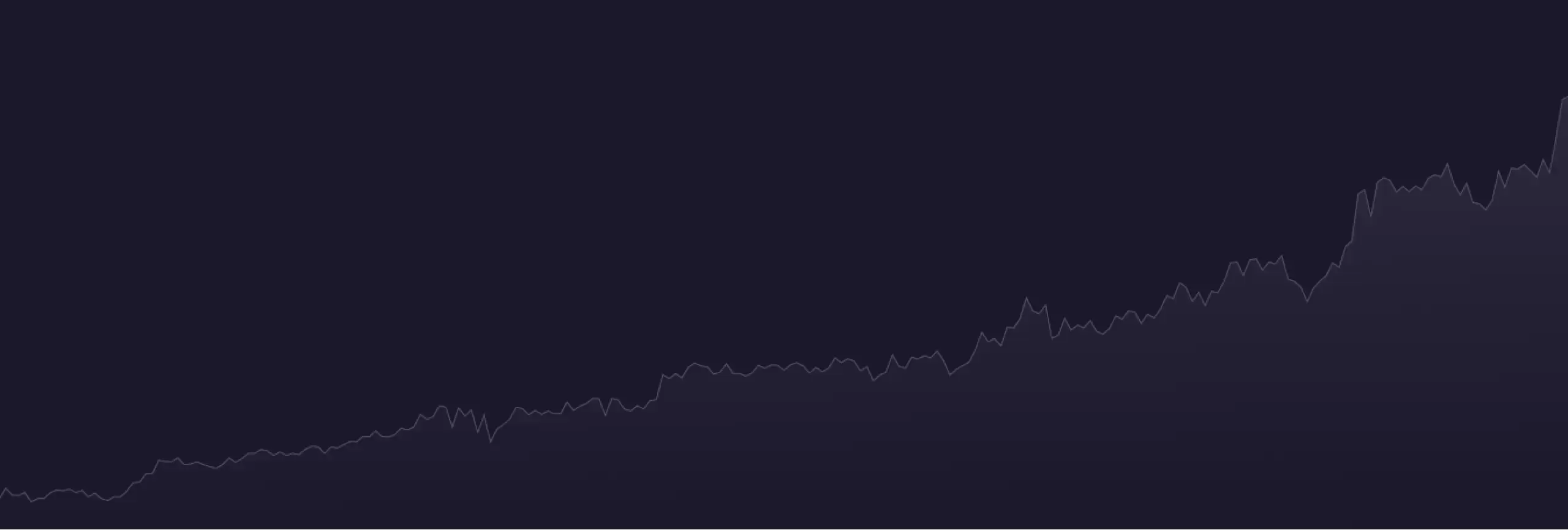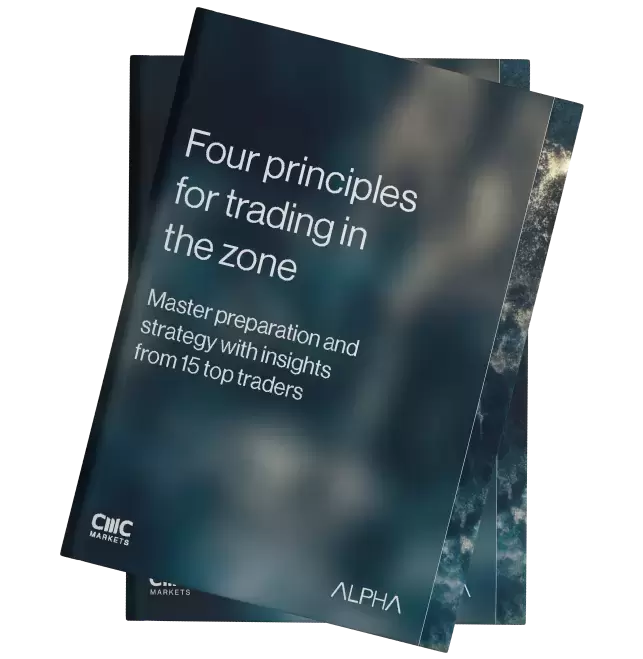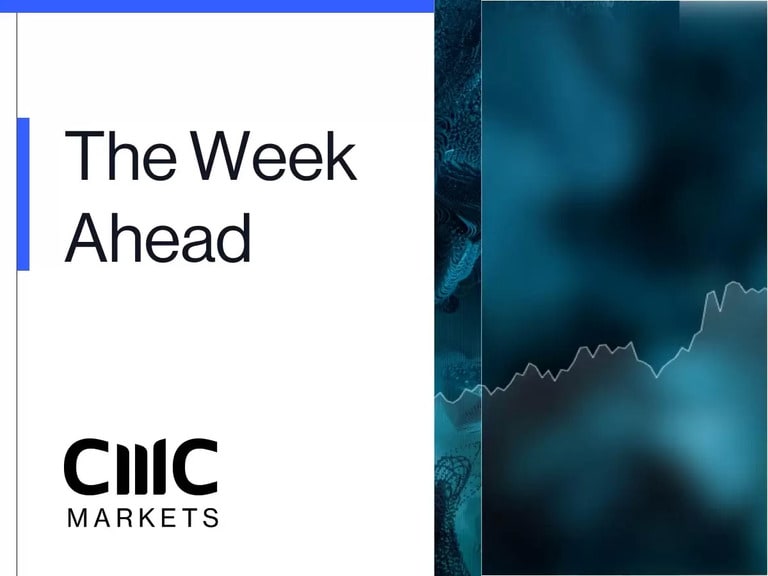
Lloyds exhibited a decent performance in the first quarter, with their statutory pre-tax profits climbing to £1.6bn. Although this was below expectations of £1.88bn, it was still above the levels seen in Q4, and in line with those in Q1 2018.
Lloyds share price: a look back at Q1 and Q2
Lloyds’ Q1 results were affected, but not overshadowed, by the provisions taken in respect of PPI claims – resulting in a cost of £100m. This resulted in the expectation that Q2 would be accompanied by another round of provisions. This assumption was confirmed, but surprised many as this round of provisions came in at £500m – cutting Lloyds’ pre-tax profits by 7% to £2.9bn. The statutory pre-tax numbers were brought down as a result of this, to £1.294bn, which was significantly below estimates of £1.6bn. This sent the Lloyds’ share price down to a six-month low, however, this is in the context of the PPI provision. The PPI expenses took the shine off a decent performance for Lloyds in Q2, and Brexit acted as an anchor for the Lloyds share price.
PPI remains a costly claim
It was in question whether Q3 would follow the previous quarters in regards to the PPI provisions. This question has now been given an expensive answer as claims against PPI have seen a sudden surge as the cut-off point looms. Lloyds expect another charge of between £1.2bn and £1.8bn for the third quarter. Once the dust has settled, the total charge for Lloyds’ PPI bill will fall in the region of almost £22bn. Despite this, it is estimated that the Q3 results will not be affected in light of these heavy provisions.
Lloyds hopeful that every little will help
In July of this year, Lloyds Banking Group was involved in discussions around acquiring Tesco Bank’s mortgage business. Officially announced in September, the deal costing Lloyds around £3.8bn, would transfer 23,000 residential mortgage customers to Lloyds-owned business Halifax. Lloyds beat off high-street competition, such as Santander and Royal Bank of Scotland (RBS), to secure the deal, which is estimated to be completed in March 2020. This deal will be reflected in Lloyds’ revenue numbers, and may have a helpful impact on their Q3 results and the Lloyds share price.
Brexit and the Lloyds share price
With the fate of the Brexit deal still in a cloudy haze, the unpredictability of the British banking sector continues. Currently, the Lloyds share price is up 12% to 59.14p as the Brexit deal approaches, although the uncertainty around our nation’s future will continue to change this. Since the EU referendum was concluded in 2016, the gravity of Brexit has created a volatile weight on the British banking sector – with market share values in a constant state of flux.
Britain’s divorce from the European Union has maintained an unreliable schedule, with the original date of Brexit, 29 March 2019, postponed to 31 October and now again into 2020. An extension for Brexit has been agreed upon by the EU ambassadors in a closed-door meeting in Brussels, with the new extension taking the Brexit deadline to 31 January 2020.
The continual delay in Brexit will only increase the volatility of the British banking sector, but over the last few days, the Lloyds share price has maintained a decent run. This could be bolstered by a decent set of Q3 results for the bank. The extension of the Brexit deadline has decreased the possibility of a no-deal Brexit, leaving traders feeling a bit more optimistic. It will be interesting to see what impact Thursday’s Q3 results have on the Lloyds share price.
Update: read our Q3 results analysis now that the numbers are out.
Disclaimer: CMC Markets is an execution-only service provider. The material (whether or not it states any opinions) is for general information purposes only, and does not take into account your personal circumstances or objectives. Nothing in this material is (or should be considered to be) financial, investment or other advice on which reliance should be placed. No opinion given in the material constitutes a recommendation by CMC Markets or the author that any particular investment, security, transaction or investment strategy is suitable for any specific person. The material has not been prepared in accordance with legal requirements designed to promote the independence of investment research. Although we are not specifically prevented from dealing before providing this material, we do not seek to take advantage of the material prior to its dissemination.





















